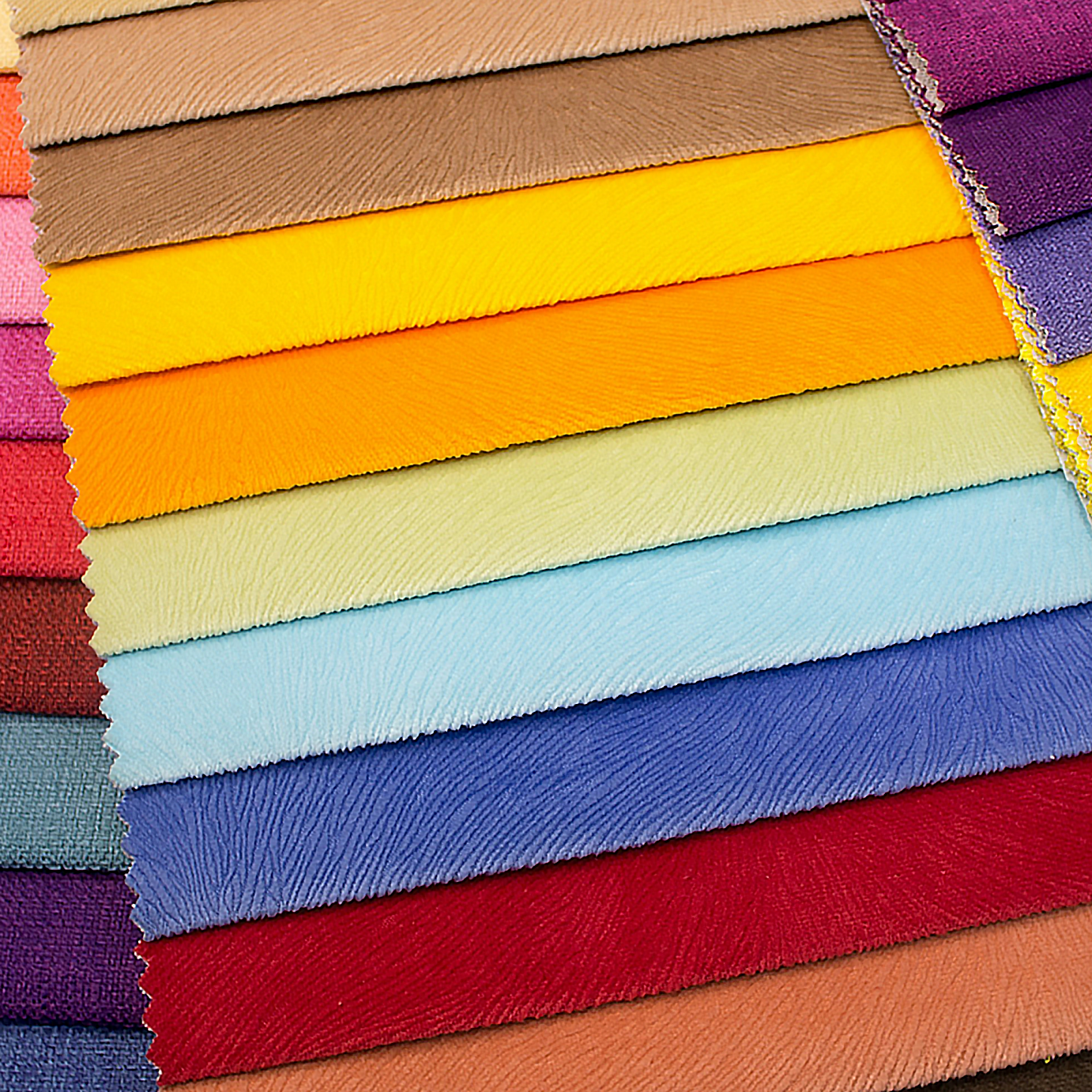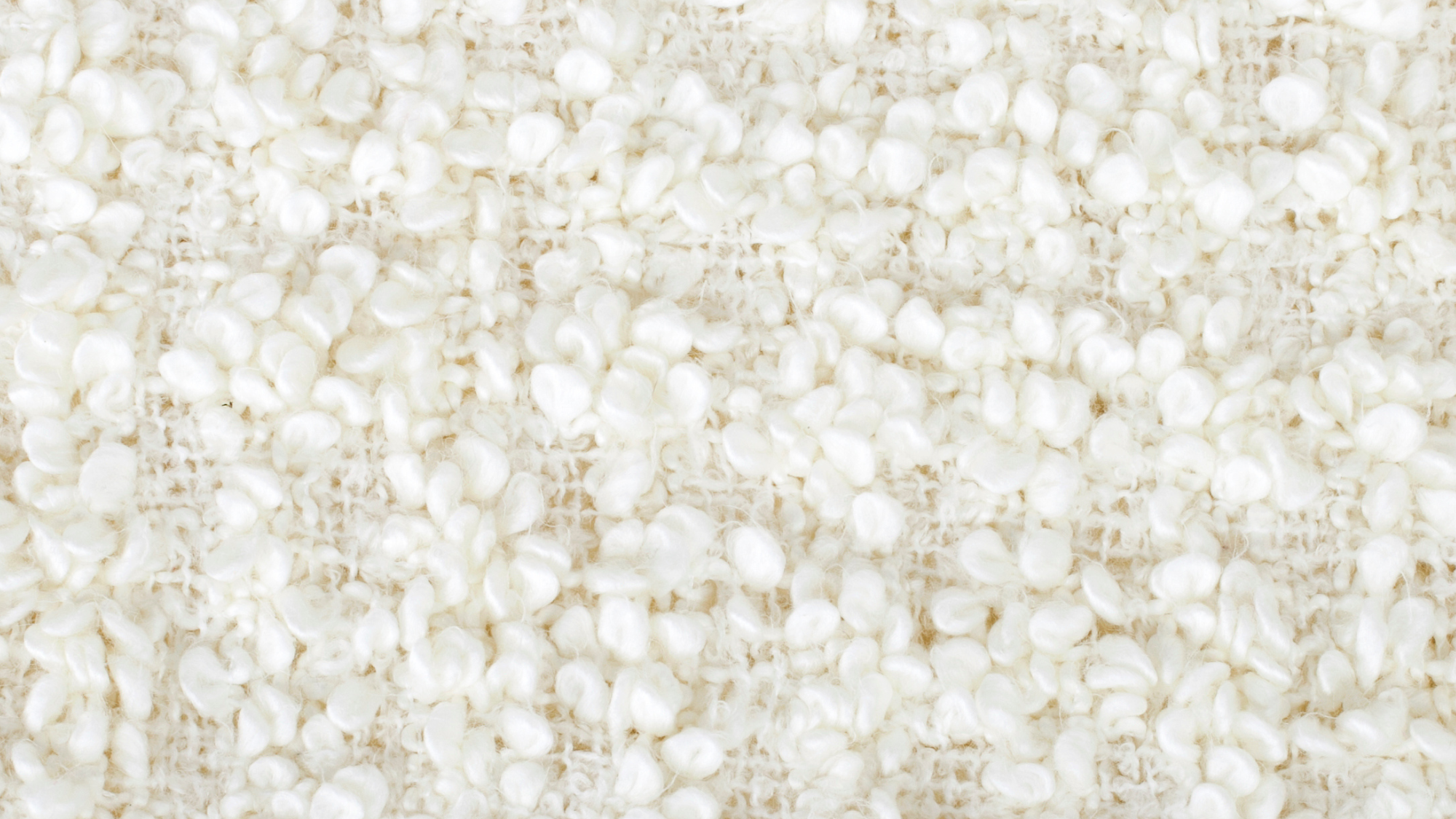
If you're searching for a velvet variant that takes comfort and style to a new level, look no further than stretch velvet fabric. This sumptuous material boasts the timeless elegance of traditional velvet and offers the added bonus of flexibility and ease of movement, making it a favorite among fashion enthusiasts and designers alike. In this blog post, we'll explore stretch velvet's unique qualities, versatile applications, and tips for working with this extraordinary textile.
What is stretch velvet fabric made of?
Stretch velvet fabric is a type of textile that combines traditional velvet's luxurious look and feel with added stretch properties. It is made by weaving or knitting velvet fibers with elastic fibers, such as spandex or Lycra, into the fabric. This incorporation of stretch fibers allows the fabric to have some degree of elasticity, making it more comfortable to wear and providing a snug fit without compromising the soft and plush texture characteristic of velvet.
Stretch velvet is commonly used in various types of clothing, including dresses, tops, leggings, and eveningwear, where the stretchability enhances comfort and flexibility. It also maintains velvet's distinctive shimmer and sheen, making it a popular choice for garments that require elegance and ease of movement.
Is velour the same thing as stretch velvet?
Velour is similar to stretch velvet in appearance and texture, but it lacks the stretch properties found in stretch velvet. Velour is typically made from cotton or a cotton-blend fabric and has a soft, plush surface, while stretch velvet incorporates elastic fibers for added stretch and flexibility.

Zelouf Stretch Velvet Fabric in Arresting Wine
Is stretch velvet hard to sew?
Sewing stretch velvet fabric can be challenging for beginners due to its plush texture and stretchy nature. It tends to shift while sewing and the pile can make it challenging to keep seams and hems even. Using a walking foot or a stretch needle and appropriate sewing techniques like pinning and handling the fabric with care can make sewing stretch velvet more manageable. With practice and patience, it becomes easier to work with.
What is the best tension for sewing stretch velvet?
The best tension setting for sewing stretch velvet can vary depending on your specific sewing machine, the thread you're using, and the fabric's stretchiness. However, as a general guideline, you can start with a slightly reduced tension setting compared to what you would use for woven fabrics.
Typically, a tension between 3 and 4 on most sewing machines should work well for sewing stretch velvet. However, testing a scrap piece of stretch velvet before sewing your project is essential. Adjust the tension gradually until you achieve a balanced stitch that doesn't pucker or stretch the fabric excessively.
Remember that the ideal tension may vary from machine to machine, so it's always a good practice to consult your sewing machine's manual for specific recommendations regarding tension adjustments for different fabrics.
Sewing tips for stretch velvet?
Sewing with stretch velvet can be tricky due to its delicate and stretchy nature. Here are some tips to help you work with stretch velvet more effectively:
- Use the Right Needle: Use a stretch or ballpoint needle in your sewing machine to prevent snags and runs in knit fabrics like stretch velvet.
- Cut with Care: Use sharp scissors or a rotary cutter to cut the fabric, and cut one layer at a time to prevent the pile from shifting. Avoid stretching the fabric as you cut.
- Pin Strategically: Use ballpoint pins or clips to secure the fabric. Place pins within the seam allowance to avoid leaving visible holes in the fabric.
- Choose the Right Thread: Opt for a polyester or nylon thread with some stretch. This will help prevent seams from popping when the fabric stretches.
- Test Your Stitch: Before sewing your project, test your stitch on a scrap piece of stretch velvet. A narrow zigzag or stretch stitch on your machine is often recommended for sewing stretch fabrics.
- Use a Walking Foot: If you have one, a walking foot can help feed the fabric evenly and prevent it from stretching or shifting as you sew.
- Stabilize Seams: To prevent seams from stretching out, you can use a stabilizing technique. This can involve using lightweight interfacing along the seam lines or a strip of tissue paper that you tear away after sewing.
- Press with Care: Use a low heat setting on your iron and a pressing cloth to avoid crushing the pile. Press gently and avoid stretching the fabric while pressing.
- Finish Seams: Consider finishing seams with a serger, overlock stitch, or a zigzag stitch to prevent fraying and add durability.
- Practice Patience: Sewing with stretch velvet may require a bit of practice. Take your time, be patient, and adjust as needed to achieve the desired results.
By following these tips and taking your time, you can successfully sew with stretch velvet and create beautiful garments and projects.

Zelouf Crushed Stretch Velvet Fabric in Teal Delight
Does stretch velvet shrink?
Stretch velvet fabric can shrink if not cared for properly. Stretch velvet is typically made from natural fibers like silk, cotton, or rayon, which can shrink when exposed to heat and moisture. To prevent shrinkage, it's essential to follow the care instructions on the fabric label, including avoiding high heat when washing or drying.
How should I wash stretch velvet fabric?
Caring for stretch velvet fabric requires special attention to maintain its appearance and elasticity. Here are some care tips:
- Check the Care Label: Always follow the care instructions provided on the fabric label.
- Hand Washing: If possible, hand wash stretch velvet in cold water with a gentle detergent. Avoid wringing or twisting the fabric.
- Machine Washing: If machine washing is necessary, use a delicate or gentle cycle with cold water. Place the fabric in a lingerie bag or pillowcase to prevent friction and protect the pile.
- Drying: Air-dry stretch velvet by laying it flat on a clean, dry towel. Avoid hanging it, as the weight may cause the fabric to stretch.
- Ironing: Use a low heat setting on your iron and a pressing cloth to iron stretch velvet. Avoid pressing directly on the fabric to prevent crushing the pile.
- Storage: Store stretch velvet garments flat or rolled to prevent crushing and creasing. Avoid hanging them for extended periods.
- Avoid Stretching: Handle stretch velvet carefully to prevent excessive stretching, especially when sewing or wearing.
- Spot Cleaning: Blot gently with a clean, damp cloth for small stains. Avoid rubbing, which can damage the pile.
- Dry Cleaning: If in doubt or for valuable items, consider professional dry cleaning, as they have experience handling delicate fabrics like stretch velvet.
Remember that the specific care requirements may vary depending on the blend and composition of the stretch velvet, so always refer to the care instructions provided with the fabric or garment.
Where can I buy stretch velvet fabric?
At Zelouf Fabrics, we sell several types of stretch velvet fabric – from stretch crushed velvet to stretch heavyweight velvet – wholesale or by the yard. For high-quality stretch velvet at affordable prices, shop our velvet collection today!




